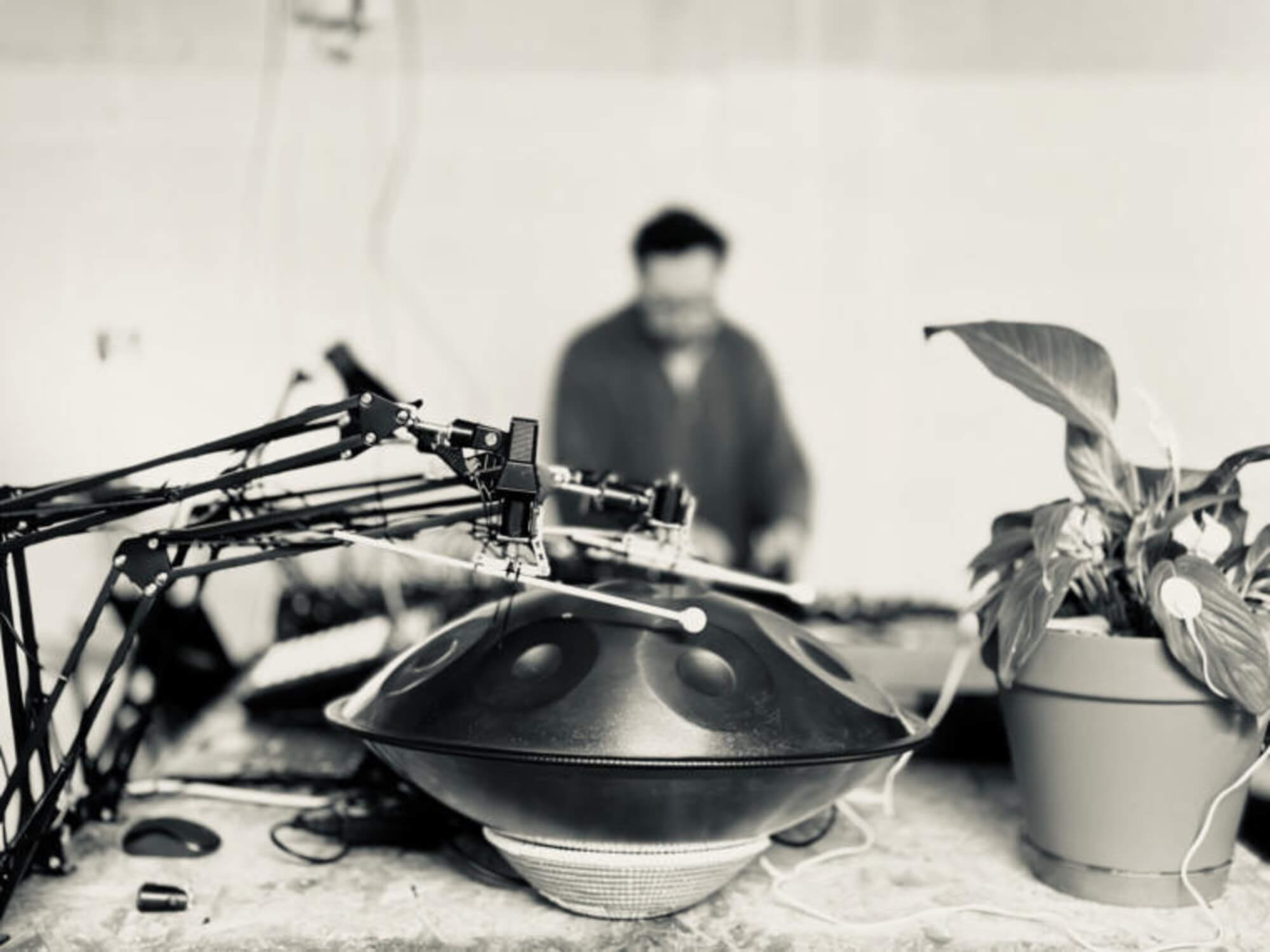Band invent bionic robot arm that lets plants play musical instruments
The first show by Bionic and the Wires featuring their botanical bandmate will take place on 20 April.

Image: Bionic and the Wires
Manchester-based musicians Bionic and the Wires have invented a machine that lets a living plant “play” a musical instrument.
The group — led by Andy Kidd on keyboard and synthesizer, and “Jon Ross on plants” — will deliver their first performance featuring the “bionic robot arm” and a plant-mate at the city’s Castlehead Viaduct venue this Saturday (20 April).
According to their website, the UK music collective specialises in creating electronic music with plants; their compositions combine botanical rhythms with atmospheric textures and soundscapes created by synthesisers.
The group’s music is said to explore the “interplay between plants and music” and encourage “new ways of thinking about the natural world”.
As for their latest invention, the machine works by capturing the electrical bio-signals plants create during natural processes like photosynthesis. Sensors are attached to the plant leaves to capture these pulses, which are then transformed by music making equipment into electricity to power the robotic plant ‘arms’.
The device builds on inventions such as the Plantwave device released by Data Garden a few years ago, though this bionic robot arm marks the first time a plant is allowed to directly ‘play a live instrument’ such as the steel handpan drum and the violin.
Of the new invention, Bionic and the Wires’ Jon Ross says: We’ve spent many months researching and developing the new bionic robot arms. It’s exciting to think that with this invention we may have opened up the opportunity for a whole new genre of music. Maybe it’s called bionica!?”
Speaking of plant-music, avant-garde designer and synth-maker Love Hultén has turned a cactus garden into an instrument for his project, Desert Songs.
The project uses the aforementioned Plantwave, which turns biodata from organic objects into MIDI. This means that instead of composing the music, it’s simply sending “biofeedback creating true organic randomness,” says Hultén.
The device features a range of different specimens of cacti, selected for their sparse and sporadic activity. Each cactus is hooked up to a probe, and users can change output between individual plants as they go using patch points upfront.
Learn more at Bionic and the Wires.